New Rights Challenge to Belo Monte Dam in Brazil
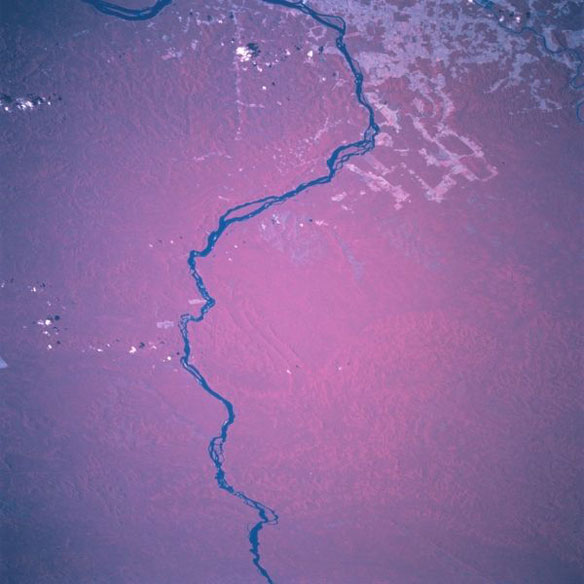
A group of independent Brazilian scientists, who recently studied the environmental impact report, concluded that the project was not viable. The Xingú river basin is home to four times more biodiversity that the whole of Europe.
World’s Winds Getting Stronger, Creating Taller Ocean Waves

A first-of-its-kind analysis of this data could help coastal communities and ocean ships brace for windier waters, which push waves higher.
Worried about a radioactive ocean? A reality check

The water dumping came after earlier leaks of radioactive water that had already raised concerns about its effects in the ocean, raising questions about health and safety.
Turkish Nuclear Plans on Mediterranean Coast Raise Great Concerns
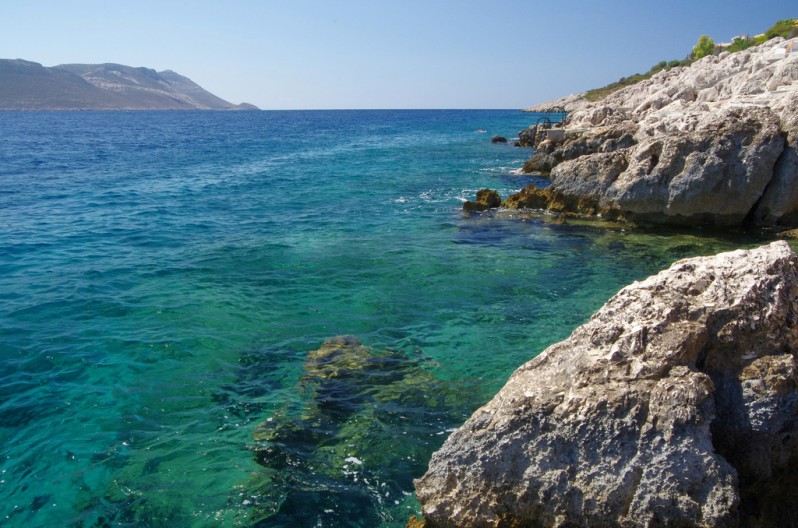
Turkey plans to build a coastal nuclear power plant close to an earthquake-prone area, triggering neighboring countries’ fears that Japan’s nuclear disaster shows that the new plant could be a risk to the whole Mediterranean region.
Earth’s Gravity Revealed in Unprecedented Detail
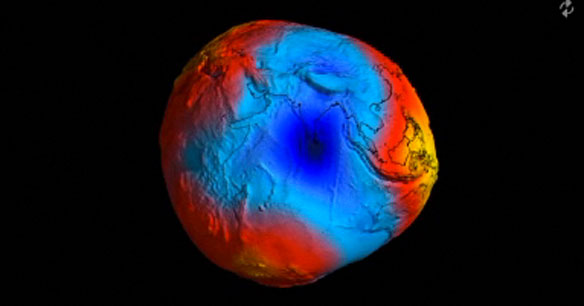
After just two years in orbit, ESA’s GOCE satellite, a European spacecraft that skims the upper reaches of the atmosphere, has gathered enough data to map Earth’s gravity with unrivalled precision, from deep ocean trenches to majestic mountain ranges. The data will be crucial for understanding sea level changes, shifts in ice flows and how ocean currents, which are driven by gravity, respond as the planet warms over the next few decades.
Earth Hour 2011, in Pictures
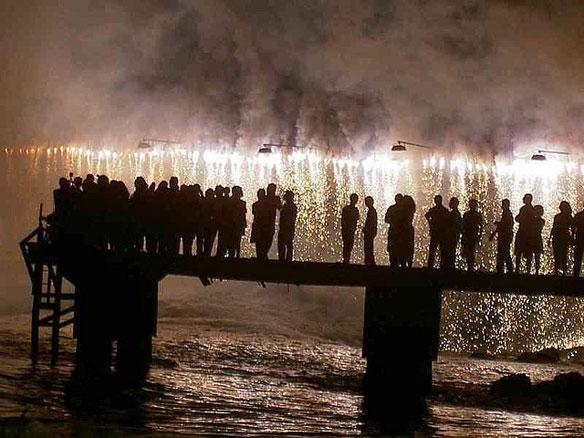
At 8:30pm on Saturday 26 March 2011, landmarks across the world switched off their lights for one hour in a bid to highlight global climate change.
Papua New Guinea Coastal Mine Waste Dumping: The Ramu Mine Case
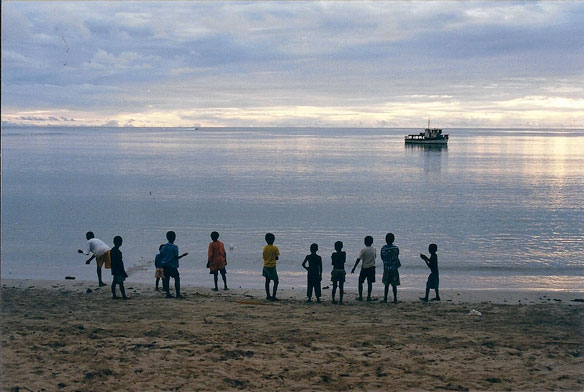
The dumping of mine tailings waste into the shallow coastal marine environment is currently before the National Court of Papua New Guinea, in a case that will have far-reaching implications. At stake are the pristine waters of the Bismarck Sea and the livelihoods of thousands of coastal inhabitants on one hand, and the future of mine waste disposal on the other.
Oldest and Most Controversial US Nuclear Plant, Jersey shore
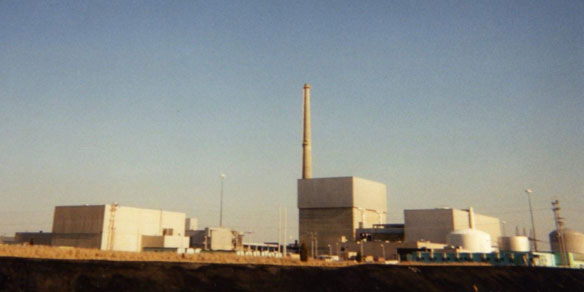
Half a million people live within what would be the evacuation zone if Oyster Creek were ever to have a radiation accident. In the summer, the population swells with beach-goers heading to the Jersey shore. It is not in a seismically active zone but meteorologists say the coastal state is long overdue for a Category Five hurricane.
Blindsided by Ferocity Unleashed by a Fault
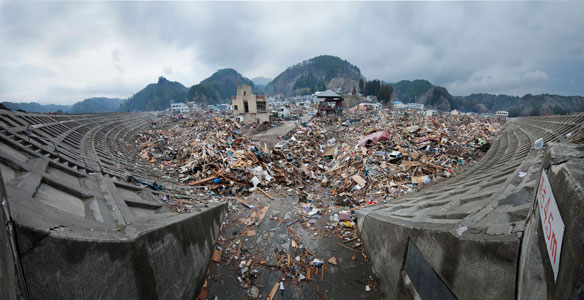
Records kept for the past 300 years indicated that every few decades, part of the Japan trench, an offshore fault to the east of Fukushima, would break, generating an earthquake around magnitude 7.5, perhaps up to magnitude 8.0. While earthquakes that large would be devastating in many parts of the world, the Japanese have diligently prepared for them with stringent building codes and sea walls that are meant to hold back quake-generated tsunamis.
